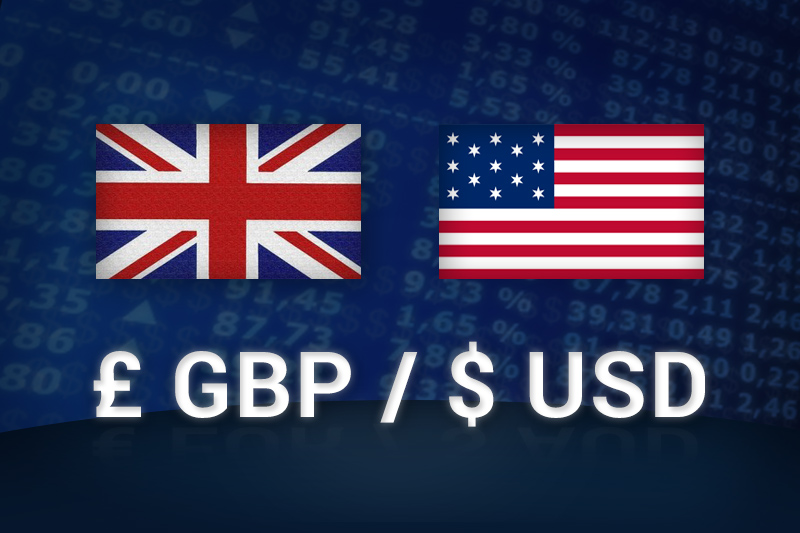Investing.com - The pound erased losses against the U.S. dollar on Thursday, bouncing off a two-month low as disappointing U.S. economic data weighed broadly on demand for the greenback, although euro zone debt concerns remained.
GBP/USD pulled away from 1.5829, the pair's lowest since September 5, to hit 1.5874 during U.S. morning trade, adding 0.21%.
Cable was likely to find support at 1.5778, the low of August 31 and resistance a1.5916, the high of November 13.
The greenback weakened after the Federal Reserve Bank of Philadelphia said that its manufacturing index tumbled by 16.5 points to minus 107 in November from October’s reading of 5.7, contracting at the fastest rate in four months.
A separate report showed that the New York Federal Reserve’s index of manufacturing conditions improved unexpectedly in November, but remained in contraction territory for the fourth consecutive month.
Earlier in the day, the U.S. Department of Labor said the number of individuals filing for initial jobless benefits in the week ending November 10 rose by 78,000 to a seasonally adjusted 439,000, the highest level since April 2011, compared to expectations for an increase of 14,000 to 375,000.
In addition, data showed that consumer price inflation in the U.S. rose in line with expectations in October, while prices excluding food and energy costs increased more-than-expected.
Core CPI, which excludes food, energy, alcohol, and tobacco costs held steady at 1.5%, unchanged from a preliminary estimate and matching forecasts.
Meanwhile, the pound's gains were limited after official data showed that U.K. retail sales fell more-than-expected in October, ticking down 0.08% after a 0.5% rise the previous month.
Analysts had expected retail sales to fall by 0.1% in October.
Investors were also cautious after official data released earlier showed that the region’s economy shrank 0.1% in the third quarter, following a contraction of 0.2% in the preceding quarter. A technical recession is defined as two straight quarters of contraction.
Sterling was lower against the euro with EUR/GBP rising 0.26% to hit 0.8060.
Later in the day, a speech by Federal Reserve Chairman Ben Bernanke was to be closely watched for any indications on the future possible direction of monetary policy.
GBP/USD pulled away from 1.5829, the pair's lowest since September 5, to hit 1.5874 during U.S. morning trade, adding 0.21%.
Cable was likely to find support at 1.5778, the low of August 31 and resistance a1.5916, the high of November 13.
The greenback weakened after the Federal Reserve Bank of Philadelphia said that its manufacturing index tumbled by 16.5 points to minus 107 in November from October’s reading of 5.7, contracting at the fastest rate in four months.
A separate report showed that the New York Federal Reserve’s index of manufacturing conditions improved unexpectedly in November, but remained in contraction territory for the fourth consecutive month.
Earlier in the day, the U.S. Department of Labor said the number of individuals filing for initial jobless benefits in the week ending November 10 rose by 78,000 to a seasonally adjusted 439,000, the highest level since April 2011, compared to expectations for an increase of 14,000 to 375,000.
In addition, data showed that consumer price inflation in the U.S. rose in line with expectations in October, while prices excluding food and energy costs increased more-than-expected.
Core CPI, which excludes food, energy, alcohol, and tobacco costs held steady at 1.5%, unchanged from a preliminary estimate and matching forecasts.
Meanwhile, the pound's gains were limited after official data showed that U.K. retail sales fell more-than-expected in October, ticking down 0.08% after a 0.5% rise the previous month.
Analysts had expected retail sales to fall by 0.1% in October.
Investors were also cautious after official data released earlier showed that the region’s economy shrank 0.1% in the third quarter, following a contraction of 0.2% in the preceding quarter. A technical recession is defined as two straight quarters of contraction.
Sterling was lower against the euro with EUR/GBP rising 0.26% to hit 0.8060.
Later in the day, a speech by Federal Reserve Chairman Ben Bernanke was to be closely watched for any indications on the future possible direction of monetary policy.
